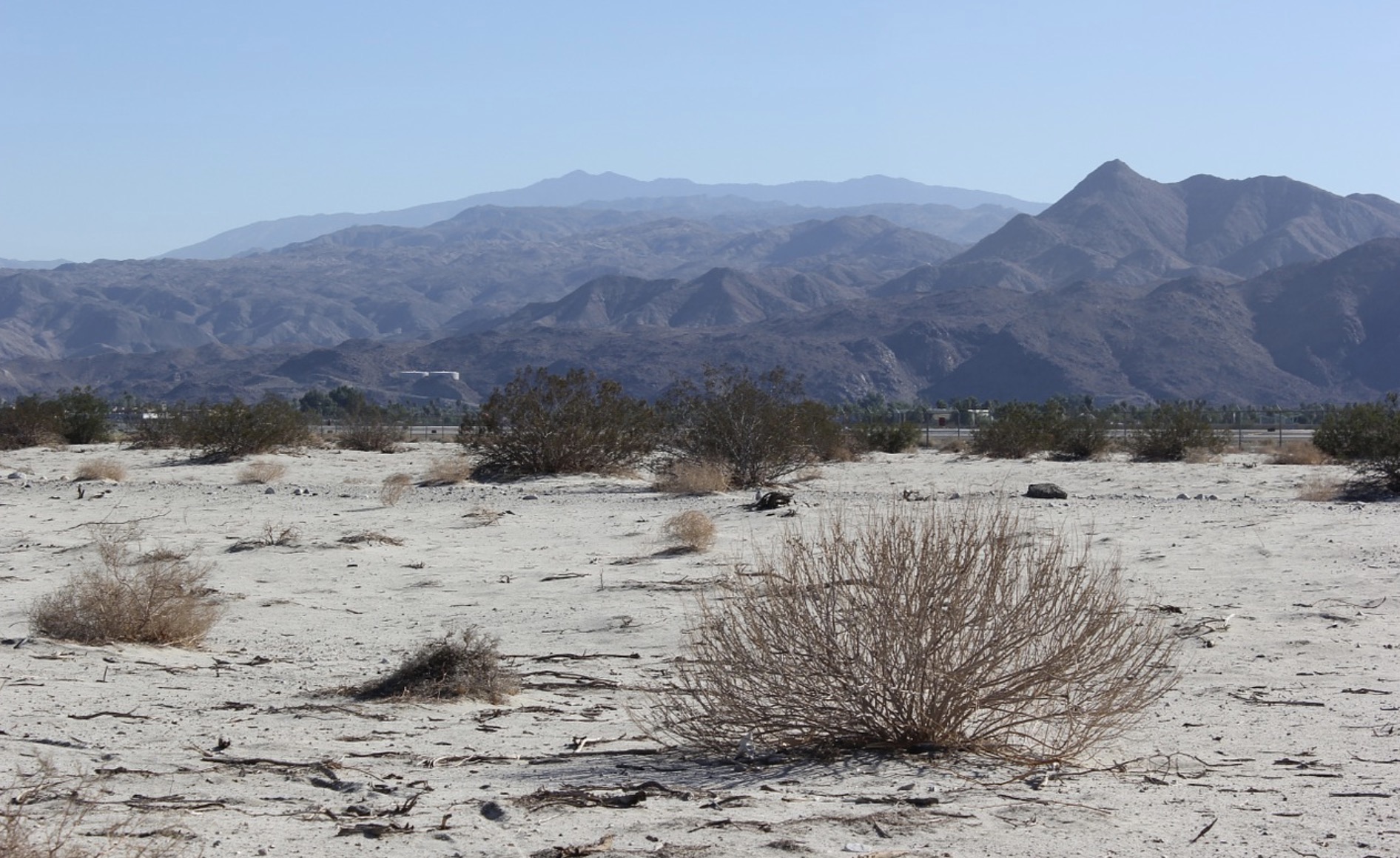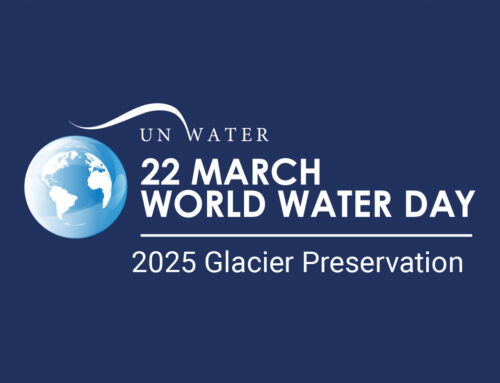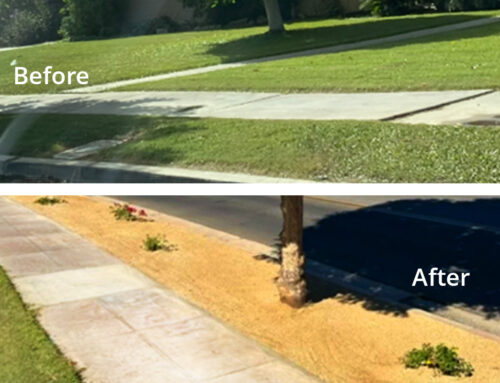It’s a new year! Where is California and the Coachella Valley on drought?
The official “water year” for California was October 1, 2017, through September 30, 2018, and the news is not particularly good. Precipitation, particularly snow pack, is measured and analyzed to determine everything from storage to potential long-term drought in order to make determinations about water policy decisions.
This year, state-wide total precipitation (includes rain, snow, etc.) was less than half of normal conditions, though snowpack was slightly above half at 58 percent. Southern California saw precipitation well below average. According to the Department of Water Resources (DWR) 2018 Water Year Report: “In Southern California, cities such as Los Angeles, Riverside, and San Diego ended the year at 32, 46, and 32 percent of average precipitation, respectively.”
Notwithstanding the poor numbers for precipitation, state-wide surface storage ended the year in fair condition mostly due to 2017 being the second wettest water year on record. Still, some smaller reservoirs in southern California fell to less than half of their respective capacity according to the report.
Groundwater basins remain a concern of the DWR, though they are estimating little change in levels from the spring of 2017. Groundwater basins, according to the report, are measured at the end of the calendar year, however, so stay tuned.
So, what is the outlook for 2019? Projections include a weak El Nino condition which, according to NOAA, may bring “greater precipitation” to “parts of Southern California.” Still, other parts of Southern California as well as central and northern California could experience dry conditions for yet another year. This is very important to the water resources in our valley.
While more rain, potentially, for the Coachella Valley means a little more water in the aquifers (not to mention beautiful floral blooms throughout the subsequent Spring), rain water, when it falls in abundance, runs rapidly over the ancient riverbeds and toward the Salton Sea without significant impact on groundwater storage. Of course, we desert dwellers welcome the rain (even if the tourists hate it), but it is the snow pack – both in local mountain ranges as well as northern California—that is the primary source of water for the Coachella Valley.
Local mountains slowly percolate water from snow into the valley, replenishing to some extent groundwater. Snow in the Sierra Nevada, however, creates a supply of water for the entire state including the Coachella Valley through indirect importation and exchange for Colorado River water.
The bottom line is that in the desert, we should live like we are in a desert! Conservation is the norm for our region and even though there is a large hydrologic system consisting of billions of gallons of water under the valley, growth pressures, climate and variables in importation will continue to require vigilance.
CV Water Counts—a collaboration of the five public and one mutual water agencies in the Coachella Valley—is here to help! There are many, many ways to reduce your water footprint and assist in achieving a sustainable existence in our desert paradise. More efficient use of water leads to economies of scale that can accommodate both the projected growth of the area, as well as maintaining the lifestyle so many of us enjoy, and hundreds of thousands travel here for each year.
In this new year, let’s fill a glass with healthful, affordable water and have a toast to sustainable water supplies! (Just make sure you drink the whole glass of water.)
View the DWR water year report here.
View the Water Year 2018 Video:






